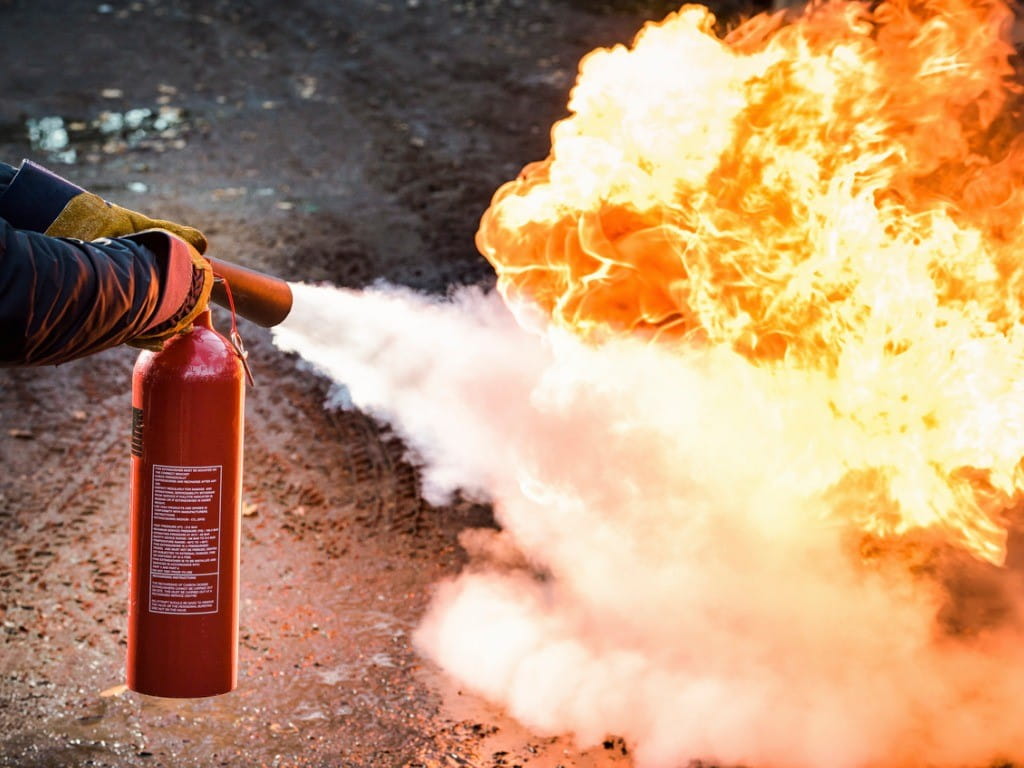The Ultimate Guide to Fire Extinguishers
Fire is a devastating force that can cause significant harm to both people and property. According to the National Fire Protection Association (NFPA), there were approximately 1.3 million fires reported in the United States in 2020, resulting in an estimated 3,420 civilian fire deaths, 16,720 civilian fire injuries, and $14.8 billion in property damage. However, the good news is that many of these fires could have been prevented or extinguished quickly if people had access to and knowledge of fire extinguishers. In this article, we will discuss the different types of fire extinguishers, how to use them, and how to maintain them.
Types of Fire Extinguishers
Fire extinguishers are classified according to the type of fire they can extinguish. The four main types of fires are Class A, Class B, Class C, and Class D. Class A fires involve ordinary combustibles such as wood, paper, and cloth. Class B fires involve flammable liquids such as gasoline, oil, and grease. Class C fires involve electrical equipment, and Class D fires involve flammable metals.
Class A fire extinguishers are designed to put out Class A fires. They contain water or foam and are usually labeled with a green triangle. Class B fire extinguishers are designed to put out Class B fires. They contain dry chemicals such as sodium bicarbonate or potassium bicarbonate and are usually labeled with a red square. Class C fire extinguishers are designed to put out Class C fires. They contain non-conductive extinguishing agents such as carbon dioxide (CO2) and are usually labeled with a blue circle. Class D fire extinguishers are designed to put out Class D fires. They contain dry powder or sand and are usually labeled with a yellow decagon.
How to Use a Fire Extinguisher
Using a fire extinguisher can be intimidating, but it's important to act quickly and calmly in case of a fire. Remember the acronym PASS: Pull, Aim, Squeeze, Sweep.
- Pull the pin located at the top of the extinguisher to break the seal.
- Aim the nozzle at the base of the fire, not the flames.
- Squeeze the handle to release the extinguishing agent.
- Sweep the nozzle from side to side, covering the area of the fire until it is completely extinguished.
Labels: Interesting, science, Technology


0 Comments:
Post a Comment
Subscribe to Post Comments [Atom]
<< Home